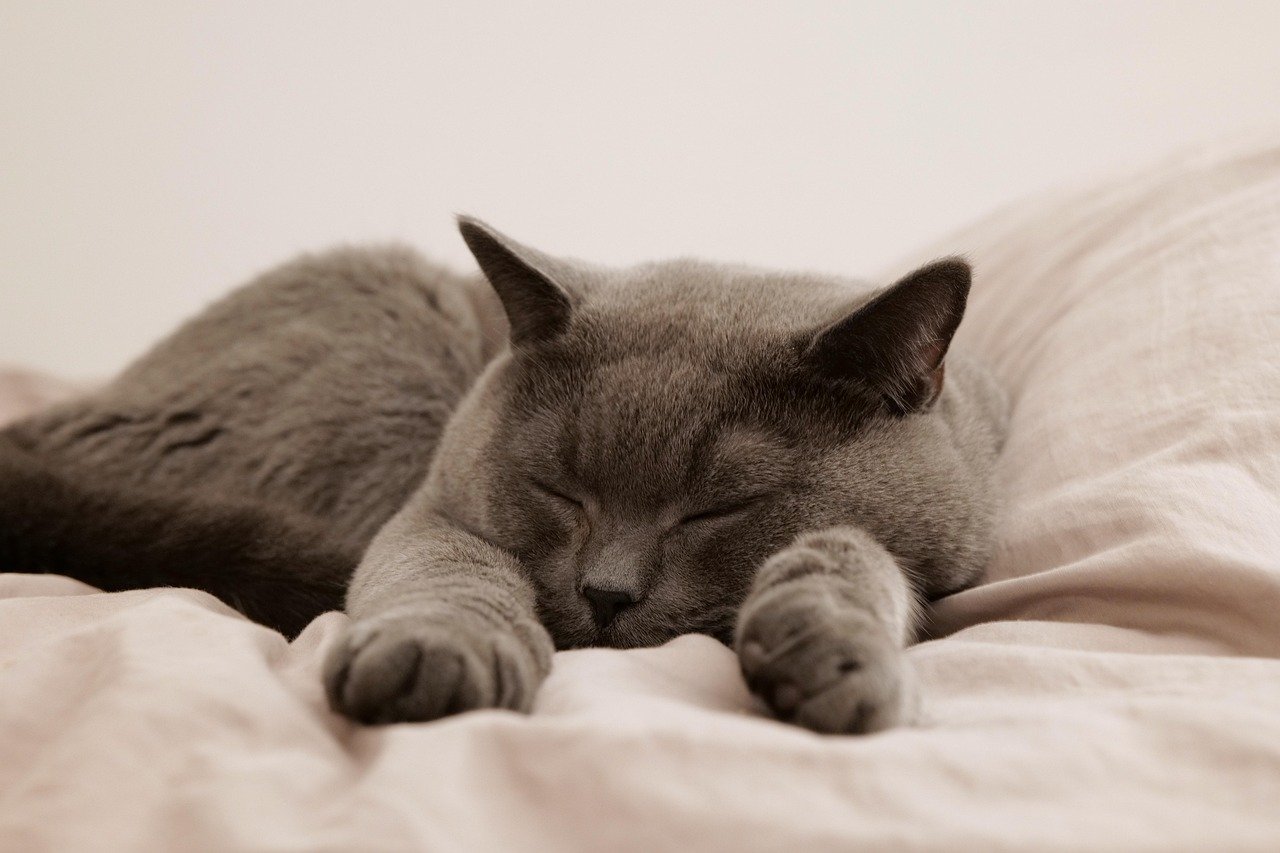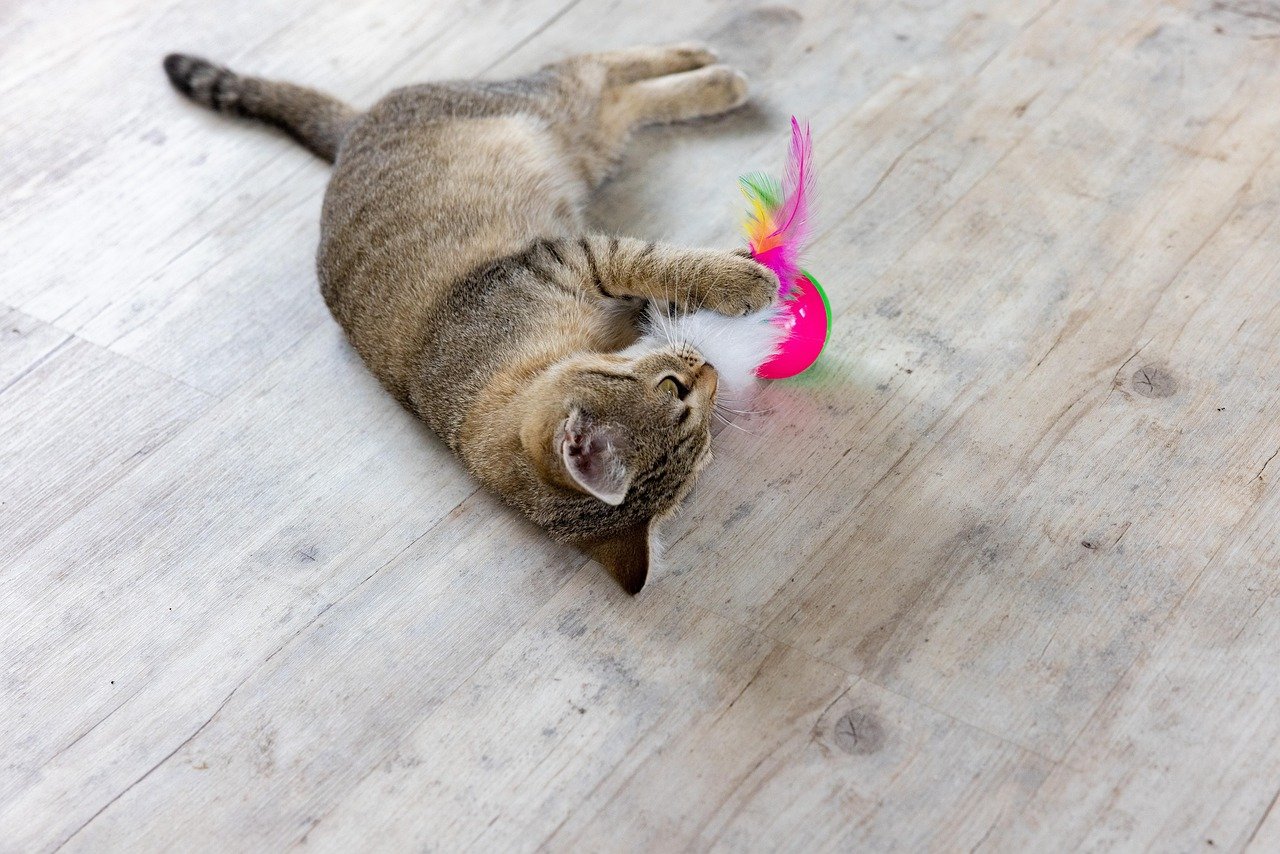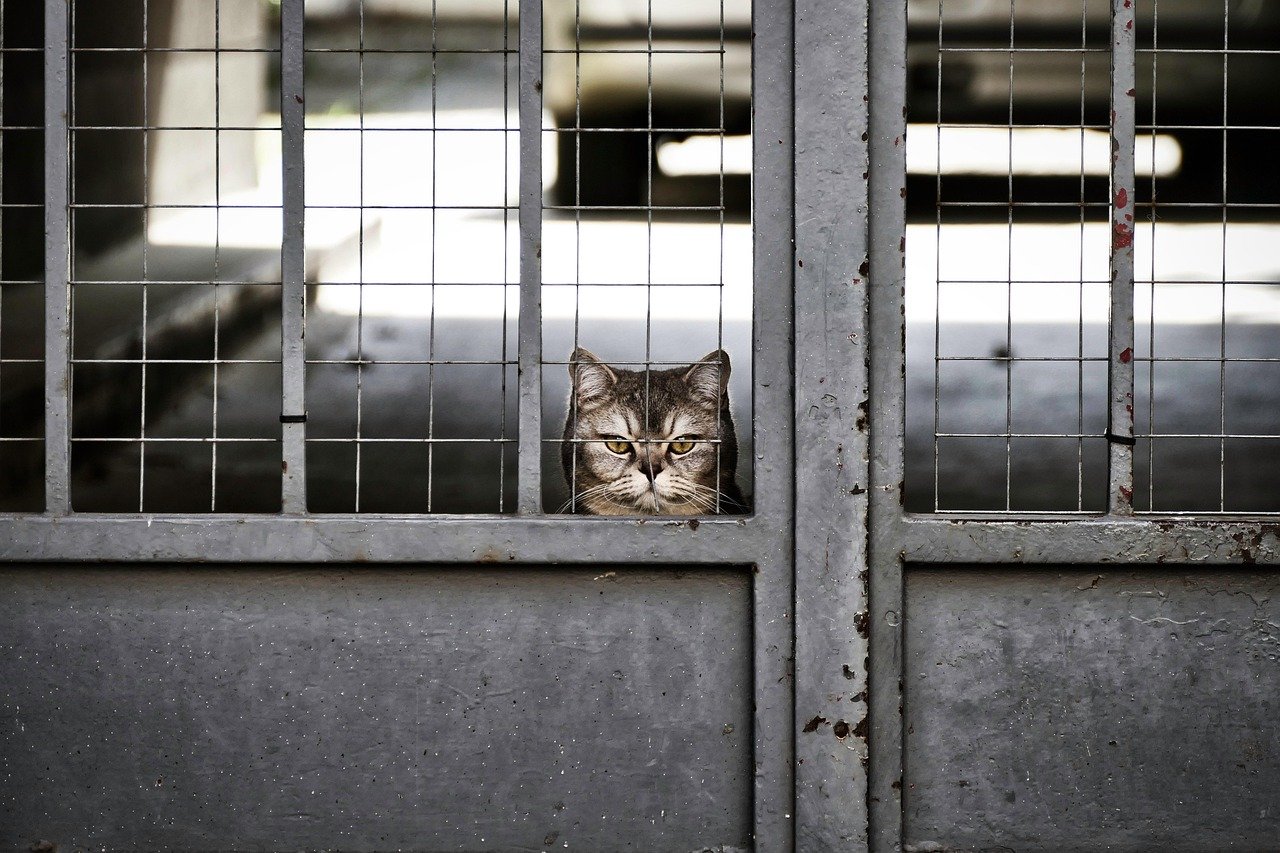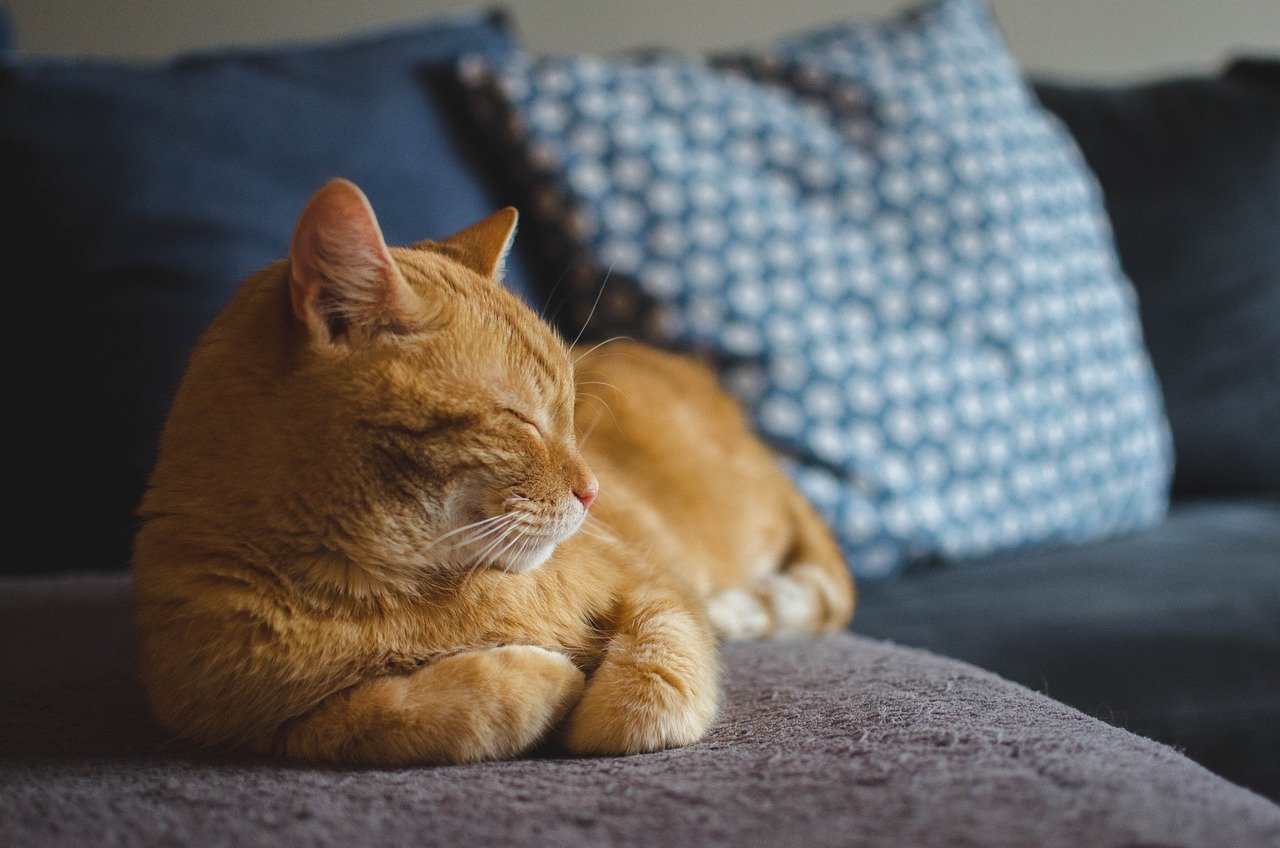Have you ever wondered why your feline friend seems completely unbothered when you leave for work, while your dog acts like you’ve left for a lifetime? The answer lies deep within their nature, history, and personalities. Cats have a reputation for being independent, almost mysterious creatures—ones who can happily lounge alone for hours. For cat lovers, this trait is part of their irresistible charm. Let’s unravel the surprising secrets behind why cats are so good at being alone, and discover why solitude is their comfort zone.
Ancient Origins Shape Today’s Cats

Cats have a wild ancestry that sets them apart from dogs. Their ancestors, the African wildcats, were solitary hunters who relied on stealth and patience to survive. This solitary lifestyle was essential for hunting small prey and avoiding predators. Even after thousands of years of domestication, these instincts are woven into modern cats’ behavior. Unlike dogs, who evolved to work alongside humans in packs, cats are naturally equipped to handle being alone. Their deep-rooted independence is more than a personality trait—it’s a survival strategy inherited from their wild past.
Self-Sufficiency Is in Their DNA

Cats are masters of self-care. They groom themselves meticulously, find their own food when necessary, and can often entertain themselves for hours. This self-sufficiency means they don’t rely on humans for constant attention or company. While they may appreciate a cuddle or play session, they are perfectly content exploring their environment or napping in a sunny spot without anyone around. This ability to manage their own needs makes solitude not just tolerable for cats, but entirely comfortable.
Low Social Dependency Compared to Dogs

Unlike dogs, who are pack animals by nature, cats do not crave constant social interaction. Dogs rely on their human family for companionship, guidance, and emotional support. Cats, on the other hand, have a more relaxed approach to relationships. They form attachments, but these are less intense and less demanding. This means a cat can happily spend time alone without feeling lonely or stressed, while a dog might become anxious or even depressed if left alone for too long.
Territorial Instincts Provide Comfort

Cats are highly territorial creatures. They feel secure and content within the familiar boundaries of their home. This strong connection to their environment means that being alone in their territory doesn’t bother them. In fact, they often use alone time to patrol, explore, or simply relax in their favorite spots. Dogs, in contrast, are more likely to feel vulnerable or insecure without their pack or human family around, making solitude a source of anxiety rather than comfort.
Flexible Sleep Patterns Support Solitude

Cats are notorious for their love of sleep, often napping up to 16 hours a day. These flexible sleep patterns are perfectly suited to solitary living. When left alone, a cat is likely to use the time to rest, recharge, and be alert for short bursts of activity. Dogs, on the other hand, need more stimulation and interaction throughout the day. This fundamental difference means cats can easily pass the hours alone, while dogs may struggle with boredom and restlessness.
Minimal Need for Physical Activity With Others

While dogs need regular walks, playtime, and physical affection, cats are satisfied with shorter bursts of activity and can exercise on their own. They chase toys, climb furniture, or simply stretch and pounce when the mood strikes. This independent approach to physical activity makes it easier for cats to thrive without constant companionship. Dogs, who often depend on humans for their exercise and stimulation, miss out on these opportunities when left alone, making solitude harder for them to handle.
Emotional Independence Is a Feline Trait

Cats are emotionally self-reliant. While they can form strong bonds with their owners, their day-to-day mood doesn’t hinge on constant interaction. They’re content to observe the world from a distance, and their emotional needs are often met through their own routines and environment. Dogs, in contrast, are emotionally dependent on their humans, seeking reassurance and affection throughout the day. This difference means that cats can maintain emotional balance even when alone, while dogs may feel neglected or anxious.
Lower Risk of Separation Anxiety

Separation anxiety is a common issue for dogs, leading to destructive behavior, excessive barking, and distress. Cats, however, rarely suffer from this condition. Their independence and confidence in their own company mean they are less likely to experience anxiety when left alone. Of course, some cats may prefer more attention than others, but overall, they cope with solitude far better than most dogs. This resilience is a relief for cat owners who work long hours or travel frequently.
Adaptability to Routine Changes

Cats are surprisingly adaptable when it comes to changes in their owners’ schedules. While they may notice when you’re gone, they can quickly adjust their routines to suit the new normal. This flexibility is another reason why solitude doesn’t rattle them as much as it does dogs. Dogs tend to thrive on predictable routines and may become unsettled by sudden changes or long absences, whereas cats can find ways to entertain and comfort themselves.
Use of Environmental Enrichment

Cats make excellent use of their environment to keep themselves occupied. They’ll watch birds through the window, play with toys, or explore every nook and cranny of their territory. Owners can help by providing scratching posts, climbing trees, and interactive toys, but even without these extras, cats are adept at finding ways to amuse themselves. Dogs, in comparison, often need external stimulation and company to stay happy and engaged, making solitude more challenging.
Natural Curiosity Keeps Them Engaged

Curiosity is a defining feature of cats. This inquisitive nature means they’re always discovering new things, whether it’s a patch of sunlight on the floor or a mysterious noise from another room. Their endless fascination helps them pass the time alone without becoming bored. Dogs, while curious in their own way, often depend on their humans to introduce new experiences or adventures, making solitude less stimulating for them.
Comfort With Quiet and Stillness

Cats are comfortable with silence and inactivity. They don’t need constant movement or noise to feel content. In fact, many cats seek out quiet spaces where they can nap or simply watch the world go by. Dogs are generally more social and energetic, craving interaction and activity. This fundamental difference means cats are much better equipped to enjoy—and even seek out—moments of solitude and stillness.
Solo Play Habits

Cats are natural solo players. They can turn any object into a toy, from a paper bag to a stray sock. This ability to entertain themselves means they’re never truly bored, even when left alone. Dogs, on the other hand, often need a playmate—either human or animal—to truly enjoy playtime. Cats’ playful independence is another reason they adapt so well to being by themselves.
Independence in Eating Habits

Cats are grazers by nature, preferring to eat small amounts of food throughout the day. This makes it easy for owners to leave out food and water when they’re away. Cats manage their own meals without needing a set feeding schedule or company at mealtime. Dogs, in contrast, often expect their humans to provide food at specific times and may feel anxious if their routine is disrupted. This difference in eating habits further supports cats’ tolerance of solitude.
Less Reliance on Human Leadership

Dogs look to their owners for leadership and direction, often needing guidance and reassurance. Cats, however, are their own bosses. They make decisions independently and don’t require constant approval or instruction. This self-reliance means they’re comfortable making their own choices, whether it’s where to nap or when to play. For cats, being alone is simply another opportunity to do things their own way.
Ability to Create Personal Safe Spaces

Cats are experts at finding or creating cozy hideaways where they feel safe and secure. Whether it’s a cardboard box, a high shelf, or a quiet corner, these personal spaces provide comfort and peace. When left alone, cats retreat to these spots to relax and recharge. Dogs, while they enjoy comfort, often seek out their humans for security, making solitude less appealing. Cats’ love for their own spaces helps them thrive when alone.
Sensitivity to Overstimulation

Cats can become easily overstimulated by too much interaction or noise. Solitude offers them a break from the hustle and bustle, allowing them to decompress at their own pace. This sensitivity means they often welcome alone time as a chance to reset. Dogs, on the other hand, generally crave attention and may become restless without it. The ability to appreciate quiet moments further explains why cats handle solitude so gracefully.
Unique Communication Styles

Cats communicate in subtle ways, using body language, scent, and quiet vocalizations. They don’t rely on constant interaction to express their needs or feelings. This understated approach means they’re comfortable existing alongside their humans—or completely alone—without feeling the need to constantly connect. Dogs, who are more vocal and expressive, often feel lost without someone to communicate with, making solitude harder for them.
Short-Term Memory Adaptations

Cats have excellent short-term memory, which helps them adapt quickly to changes in their environment or routine. If left alone for a few hours, they simply pick up where they left off without missing a beat. This adaptability allows them to navigate alone time without stress or confusion. Dogs, who may dwell on their owner’s absence, can become anxious or unsettled, highlighting another key difference between the two species.
Preference for Predictable Environments

Cats love routine and predictability, and their environment often provides all the comfort they need. A familiar home, favorite resting spots, and regular feeding are enough to keep them happy in their owner’s absence. Dogs, while also enjoying routine, often need the presence and interaction of their humans to feel truly secure. Cats’ ability to find stability in their surroundings makes solitude a source of comfort rather than concern.
Surprising Adaptability to Human Schedules

Cats have an uncanny talent for adapting their routines to fit their human companions’ schedules. Whether you work late or travel occasionally, most cats will adjust their daily habits to accommodate your absence. They find ways to fill the hours, from exploring the house to indulging in extra naps. This adaptability is a testament to their independent spirit and one of the many reasons why they’re so well suited to solitary living.
Hi, I’m Bola, a passionate writer and creative strategist with a knack for crafting compelling content that educates, inspires, and connects. Over the years, I’ve honed my skills across various writing fields, including content creation, copywriting, online course development, and video scriptwriting.
When I’m not at my desk, you’ll find me exploring new ideas, reading books, or brainstorming creative ways to solve challenges. I believe that words have the power to transform, and I’m here to help you leverage that power for success.
Thanks for stopping by, Keep coming to this website to checkout new articles form me. You’d always love it!






